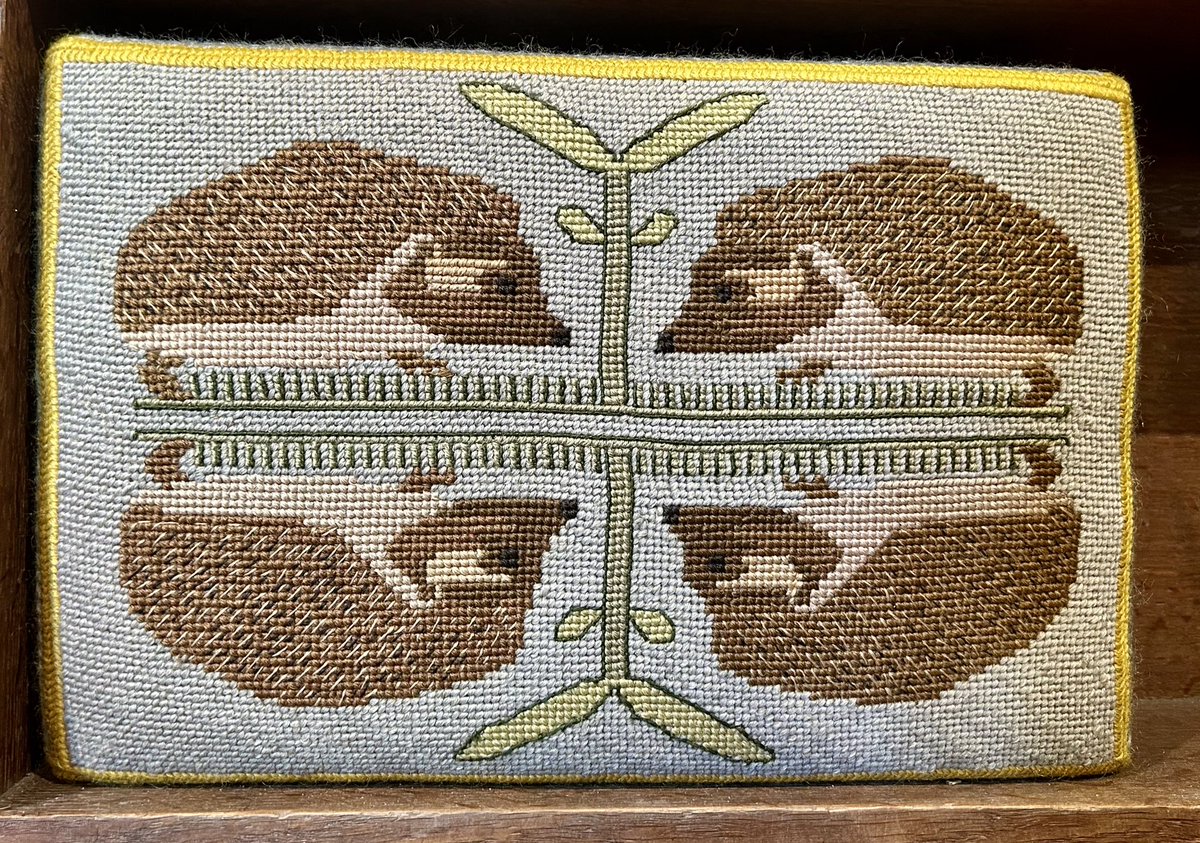
English Churches
@engchurchpics
A Celebration of English Churches
ID: 1868553846
15-09-2013 17:42:49
5,5K Tweet
9,9K Takipçi
814 Takip Edilen





Some of the fabulous kneelers All Saints' Steep - designed so it doesn’t matter which way up they are. Snails, foxes, moles and hedgehogs





























